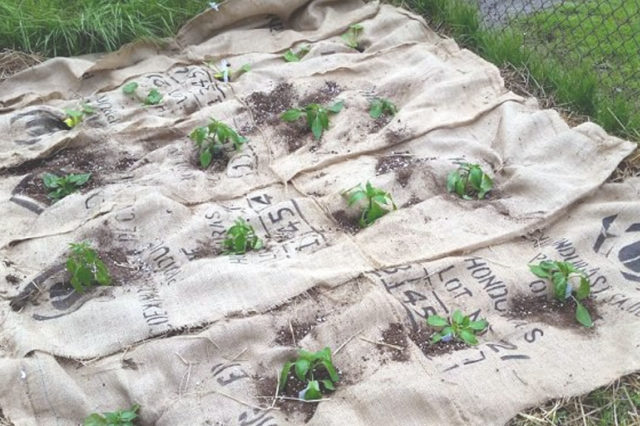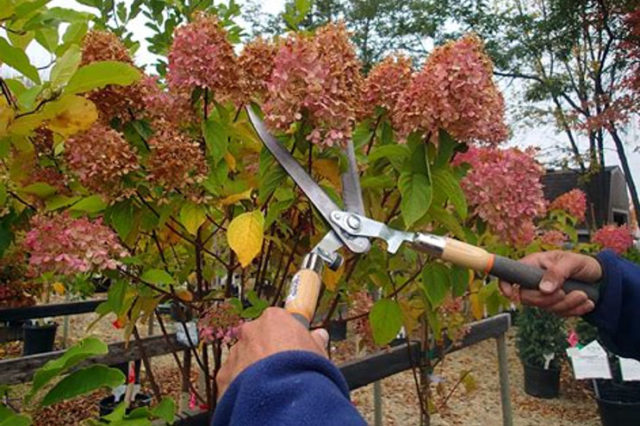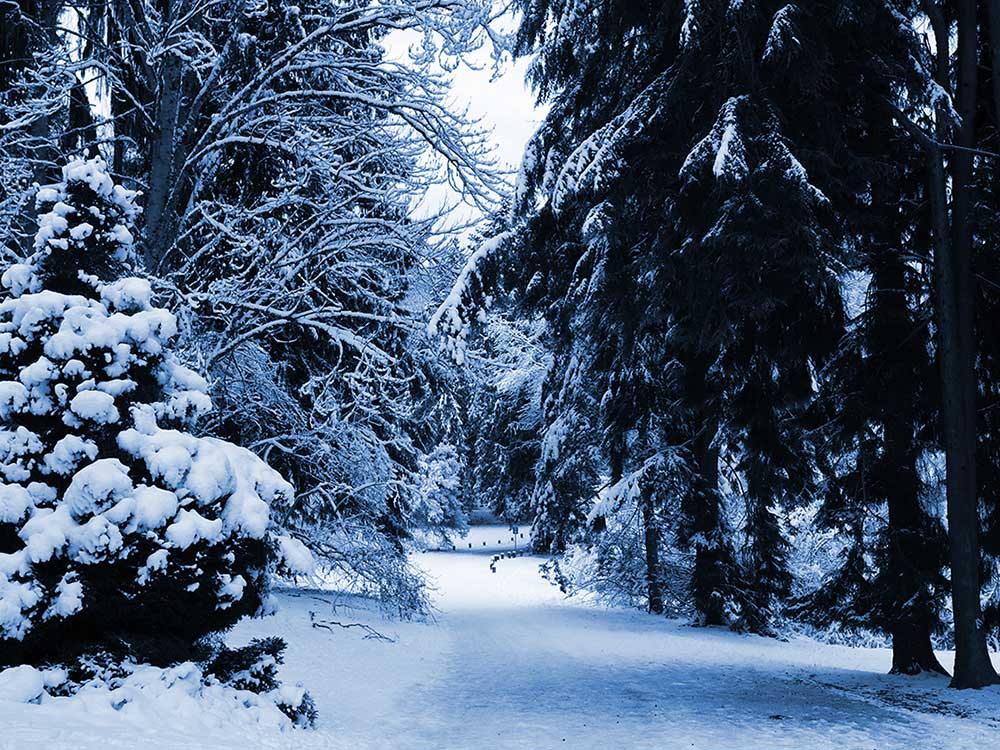Before summer is but a distant memory and the bitter cold of winter settles in for the long haul, it’s a good idea to get your plan your garden preparation for winter. Come spring, you’ll appreciate the work you put into your garden in the fall. Today we’re going to look at three easy ways to prepare your garden for winter: mulching; laying down burlap; and pruning.
Mulching
 Many people think of mulching as a springtime task, but mulching in fall has many advantages and is essential to garden preparation for winter. First off, it saves you time in the spring, a season that typically finds you overwhelmed with countless other gardening tasks. What’s more, it accomplishes much of what spring mulching is intended to do, such as retaining moisture, suppressing weed growth, protecting exposed soil from erosion—and meets a few fall-specific requirements as well:
Many people think of mulching as a springtime task, but mulching in fall has many advantages and is essential to garden preparation for winter. First off, it saves you time in the spring, a season that typically finds you overwhelmed with countless other gardening tasks. What’s more, it accomplishes much of what spring mulching is intended to do, such as retaining moisture, suppressing weed growth, protecting exposed soil from erosion—and meets a few fall-specific requirements as well:
- Fall mulching insulates the soil, thereby providing a warmer environment for the soil-food web, a community of organisms, such as earthworms and microbes, living all or part of their lives in the soil. When the soil is warm organisms within it stay active longer into the cold season, which enhances the soil.
- Fall mulch also insulates plant roots. In the coldest regions, soil tends to freeze solid in the heart of winter, but in many areas, soil cycles through freezing and thawing all winter long. This puts considerable stress on everything in the top few inches of soil, including plant roots. Mulch moderates temperature swings in the soil and thereby helps plants survive the winter without damage.
- Once perennials are cut back for winter you can create a clean bed surface that makes fall mulching pretty simple because there’s no stickhandling around emerging bulbs, perennial shoots or seedlings.
Fall mulching tips
- Put down a mulch that traps air, optimizing insulation and soil warmth. Shredded leaves, weed-free straw and shredded bark make ideal fall mulch.
- Spread the mulch layer about 3-inches thick.
- Don’t mulch too early in the fall. Wait until after the first hard freeze so you can cut back perennials before shoveling in the mulch.
- If you mulch in an area where the wind kicks up, cover the mulch with wire fencing or chicken wire so your investment in time and money stays where you placed it.
Applying burlap
 Burlap is an ideal material for protecting plants from the cold as it is inexpensive, permeable and biodegradable. Those in the know seek out natural burlap made from jute, a plant fiber of superior strength that, quite unlike synthetic burlap made of plastic, readily decomposes.
Burlap is an ideal material for protecting plants from the cold as it is inexpensive, permeable and biodegradable. Those in the know seek out natural burlap made from jute, a plant fiber of superior strength that, quite unlike synthetic burlap made of plastic, readily decomposes.
The best way to use burlap to insulate the plants in your garden is to cut holes in it for small plants, put full pieces of it around large plants and lay row-sheets of it in gardens.
Pruning
Fall pruning is essential for some plants in your garden and damaging for others. Make sure you fully appreciate this before strolling down the garden path armed with your pruning clippers. The key to determining the best time to prune is blooming time. If the plant blooms on new growth you can prune them in the spring without issue. If it blooms on old growth it’s best to prune in the fall. For some plants pruning before new growth in the spring can help them put on a showing. In some cases, pruning plants in fall can help them better battle winter. We advise doing as much reading about the plants in your garden as possible to learn the best time to prune each of them.

Gardeners, it’s now November. You know the months that follow . . . Stroll through your garden with mulching, burlap and pruning in mind to prepare it for the cold and dark. And if you’ve got questions, don’t hesitate to contact Landscape Plus. We specialize in garden preparation for winter and we’re keen to help as we love gardens as much as you do.



